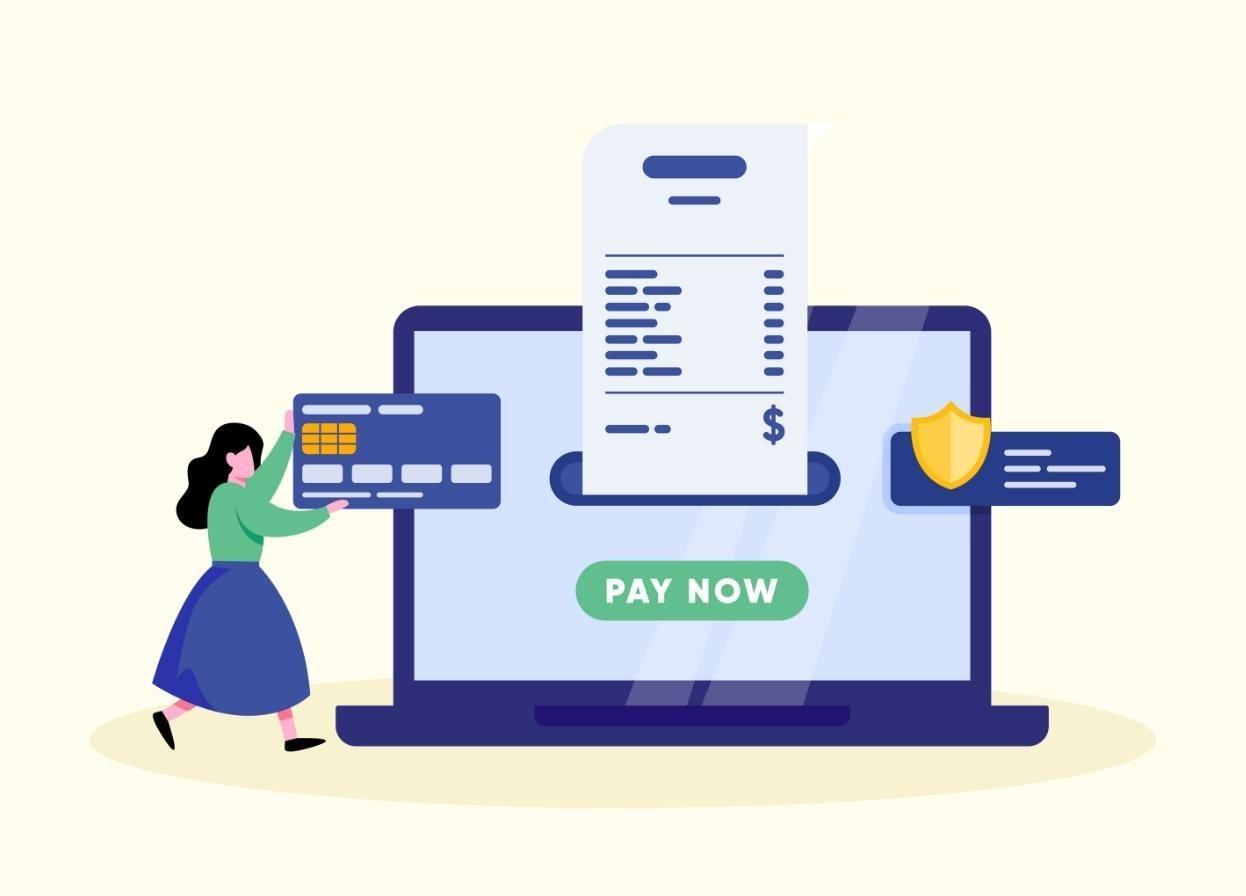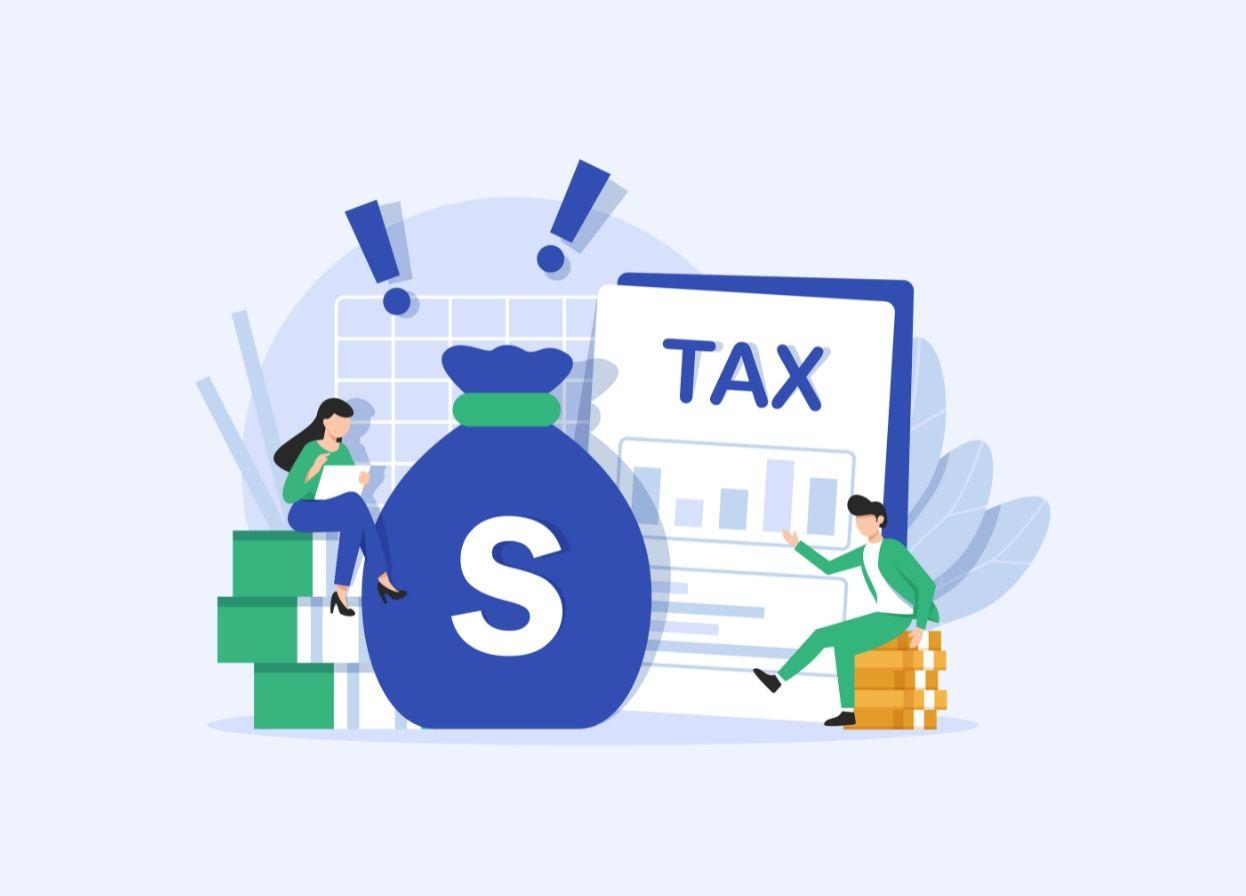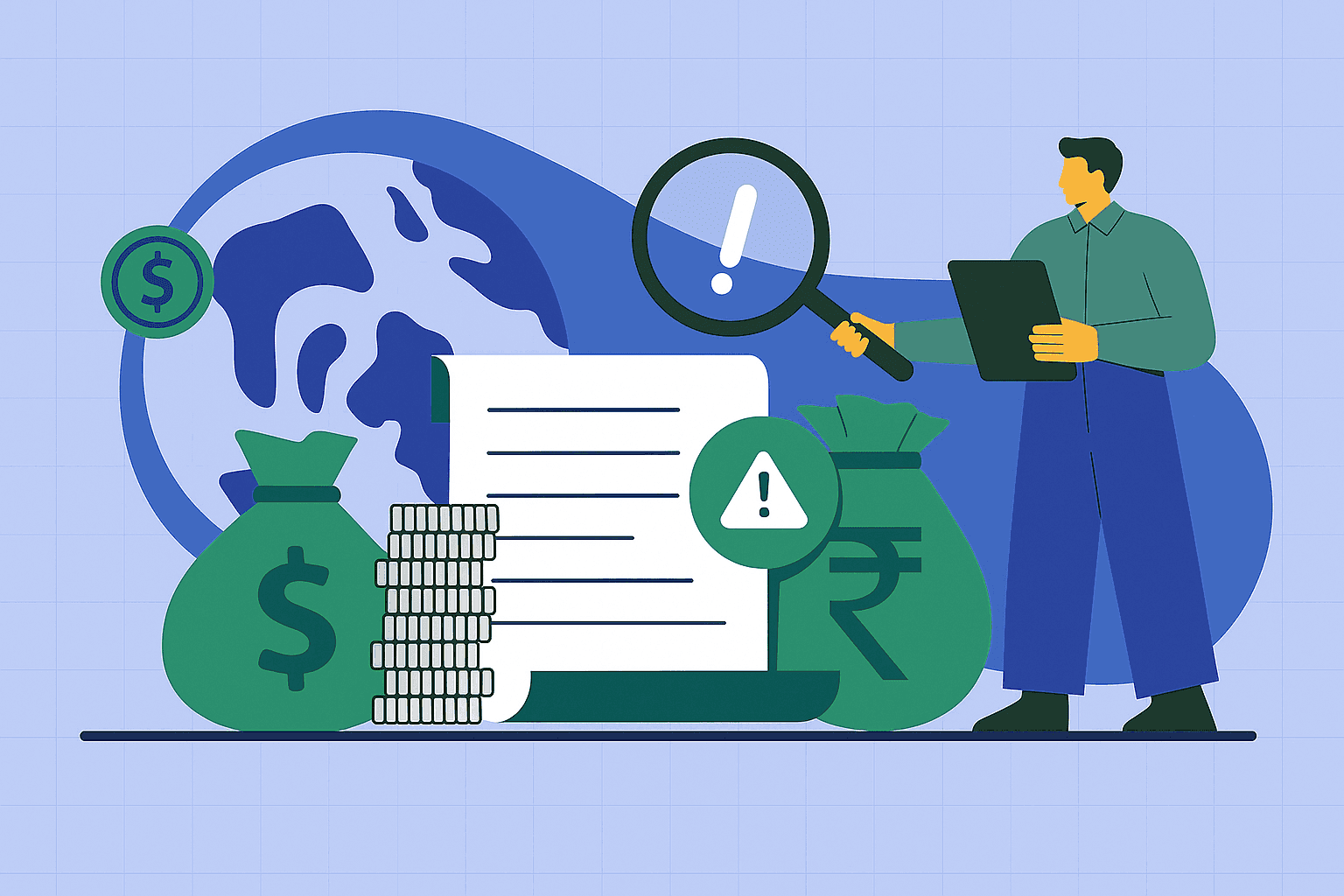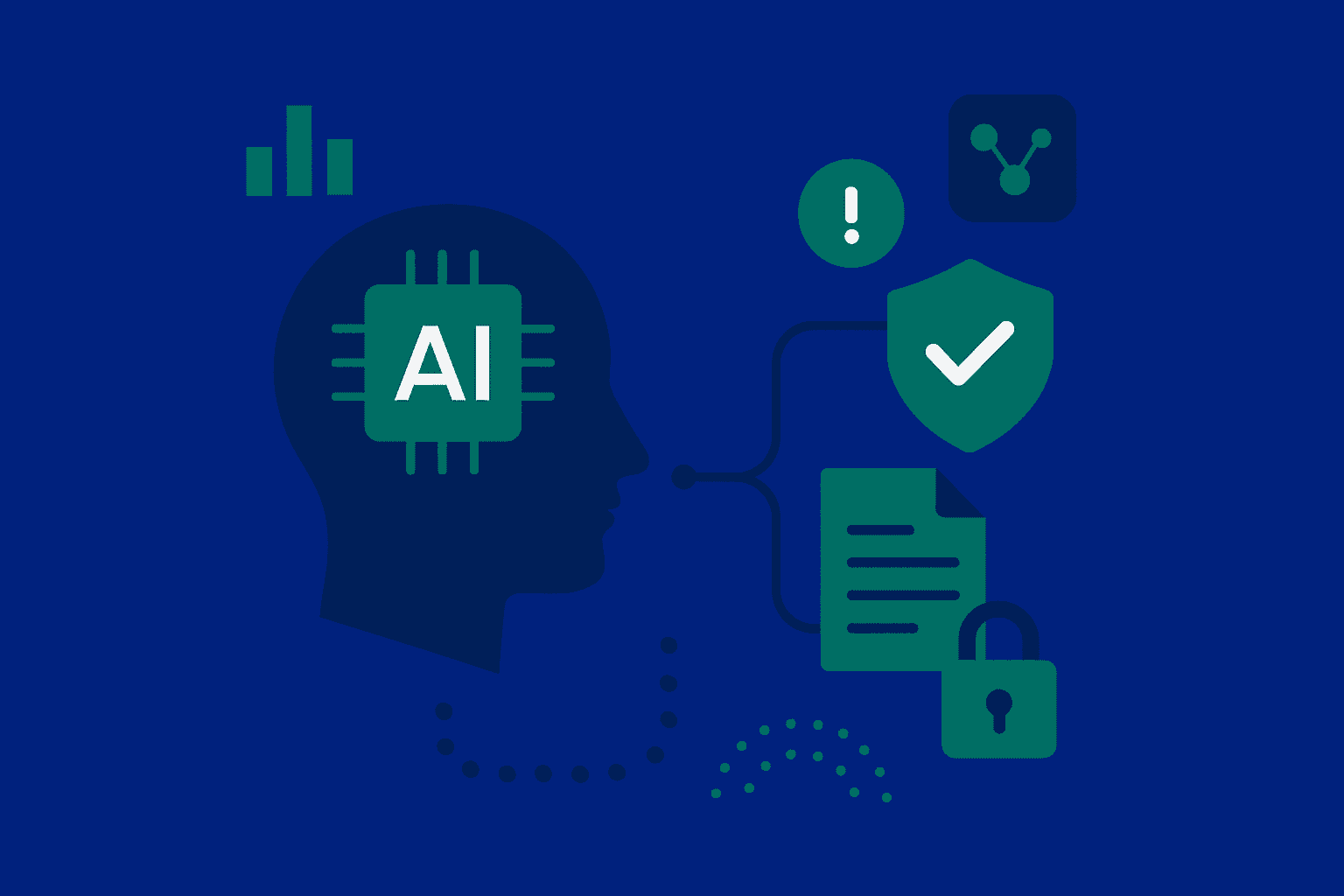e-BRC Update 2023 - What You Need to Know
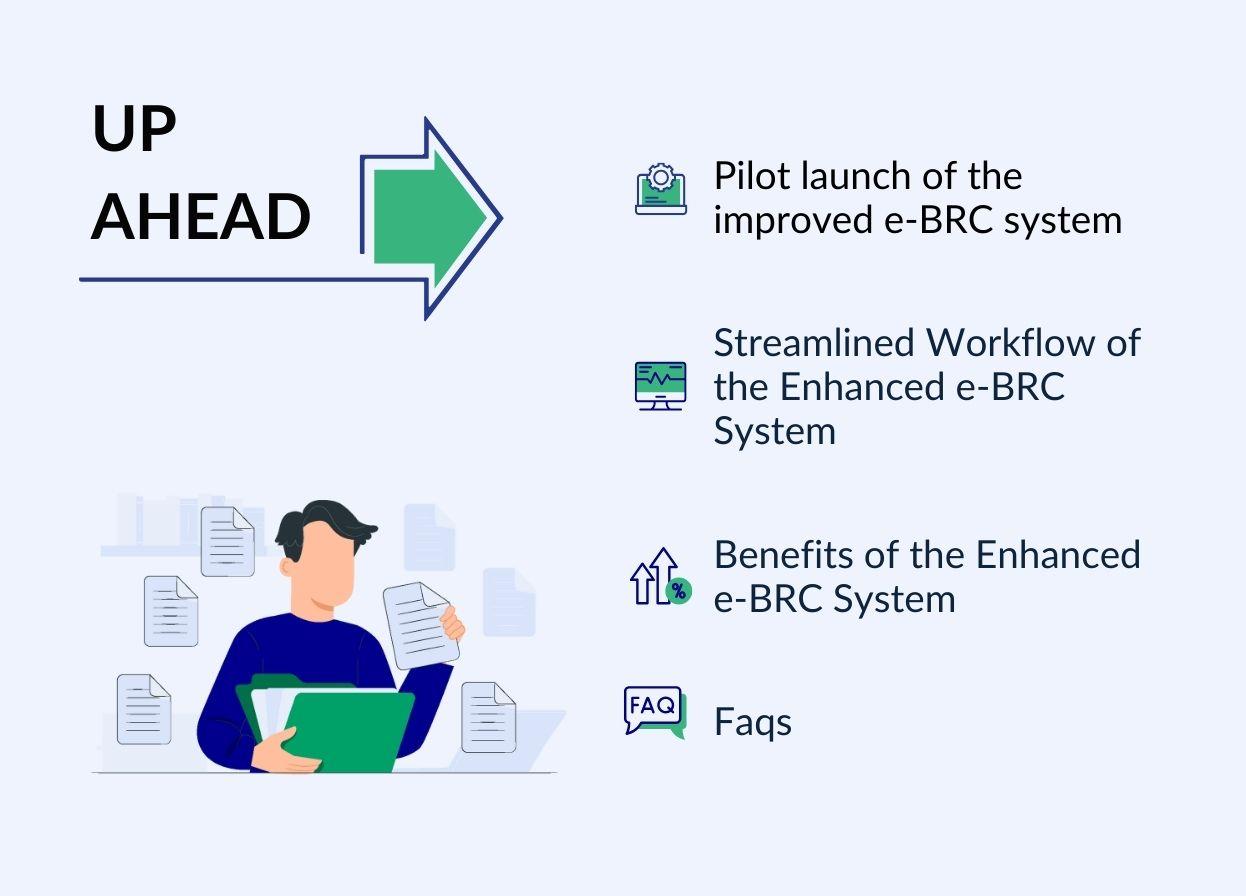

The Directorate General of Foreign Trade (DGFT) is committed to facilitating exports and imports, focusing on efficient, transparent, and accountable delivery systems. Hence, the DGFT has implemented an upgraded Electronic Bank Realisation Certificate (eBRC) system to enhance trade facilitation for exporters.
The enhanced eBRC system is based on the streamlined processing of electronic Inward Remittance Messages (IRMs) transmitted directly by banks to DGFT. Under this system, exporters are empowered to self-certify their eBRCs based on the IRMs received. This move intends to reduce transaction time and costs for exporters, simplify the reconciliation process for banks, and promote a more business-friendly environment.
Pilot launch of the improved e-BRC system
The DGFT had proposed a soft launch of the enhanced eBRC system from November 15, 2023. For this, banks will set individual cut-off dates based on their readiness after completing User Acceptance Testing (UAT). Both the upgraded and legacy eBRC systems will run simultaneously until all the banks transition to the improved system.
Banks have been asked to transition through mandatory API integration for prompt data exchange by January 31, 2024. The DGFT website will host a list of banks with their respective IRM cut-off dates.
Streamlined Workflow of the Enhanced e-BRC System
Previously, the Bank Realization Certificate (BRC) was processed manually. Exporters were required to submit a physical copy of the BRC to the relevant Regional Authority of the Directorate General of Foreign Trade (DGFT). Subsequently, export transaction details from the BRC were manually entered, resulting in a time-consuming and complex procedure for claiming export incentives.
DGFT introduced the eBRC Module to promote paperless trade—a unified platform facilitating the direct electronic transmission of Foreign Exchange Realization Information from Banks to DGFT’s server. Incorporating digital certificates adds an extra layer of security to this process.
With the implementation of the eBRC system, exporters are no longer compelled to visit their banks for a Bank Realization Certificate. This has significantly streamlined the process of claiming export incentives and benefits from DGFT and other relevant export agencies, making it more accessible for exporters.
The revamped eBRC system follows a structured workflow:
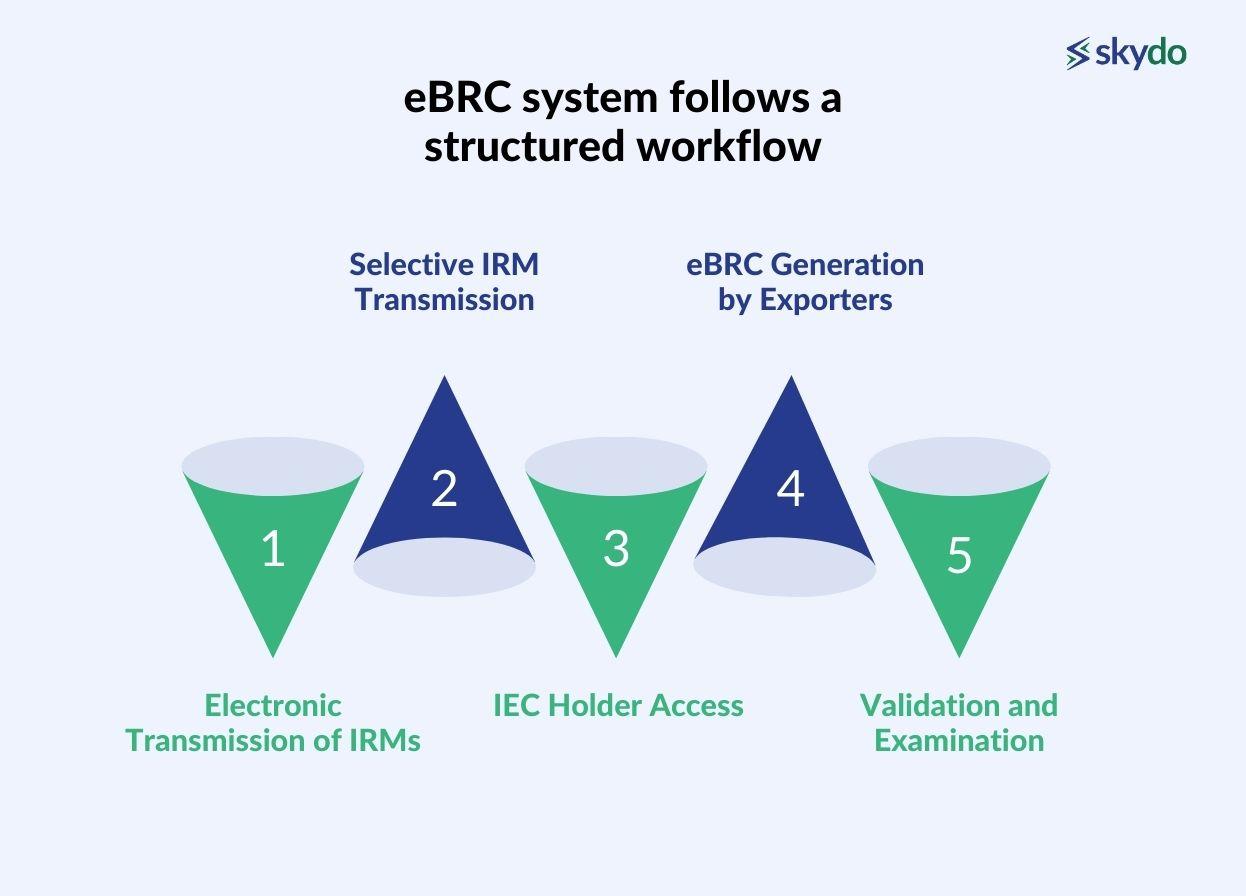
- Electronic Transmission of IRMs: Banks receiving export remittances electronically push the IRM messages to the DGFT IT system directly.
- Selective IRM Transmission: Banks transmit IRMs related to the Trade Account only, excluding those related to the Capital Account, emphasizing the focus on Goods or Services Exports.
- IEC Holder Access: Relevant Importer-Exporter Code (IEC) holders can access the IRM details upon logging onto the DGFT website. The PAN linkage is important as it ensures that only the concerned IEC holder can access their IRM.
- eBRC Generation by Exporters: After matching IRMs with shipping bills, SOFTEX, or invoice details, exporters create the eBRCs. The system is made such that it allows grouping multiple IRMs under one eBRC or splitting one IRM among various eBRCs.
- Validation and Examination: The RBI Purpose Code and other fields in the IRM are used to validate eBRC fields certified by the exporter. Banks can access all eBRCs created from the IRMs and flag any eBRC for further examination or request input from the exporter.
Benefits of the Enhanced e-BRC System
The enhanced Electronic Bank Realisation Certificate (e-BRC) system offers several benefits for exporters and stakeholders, including:
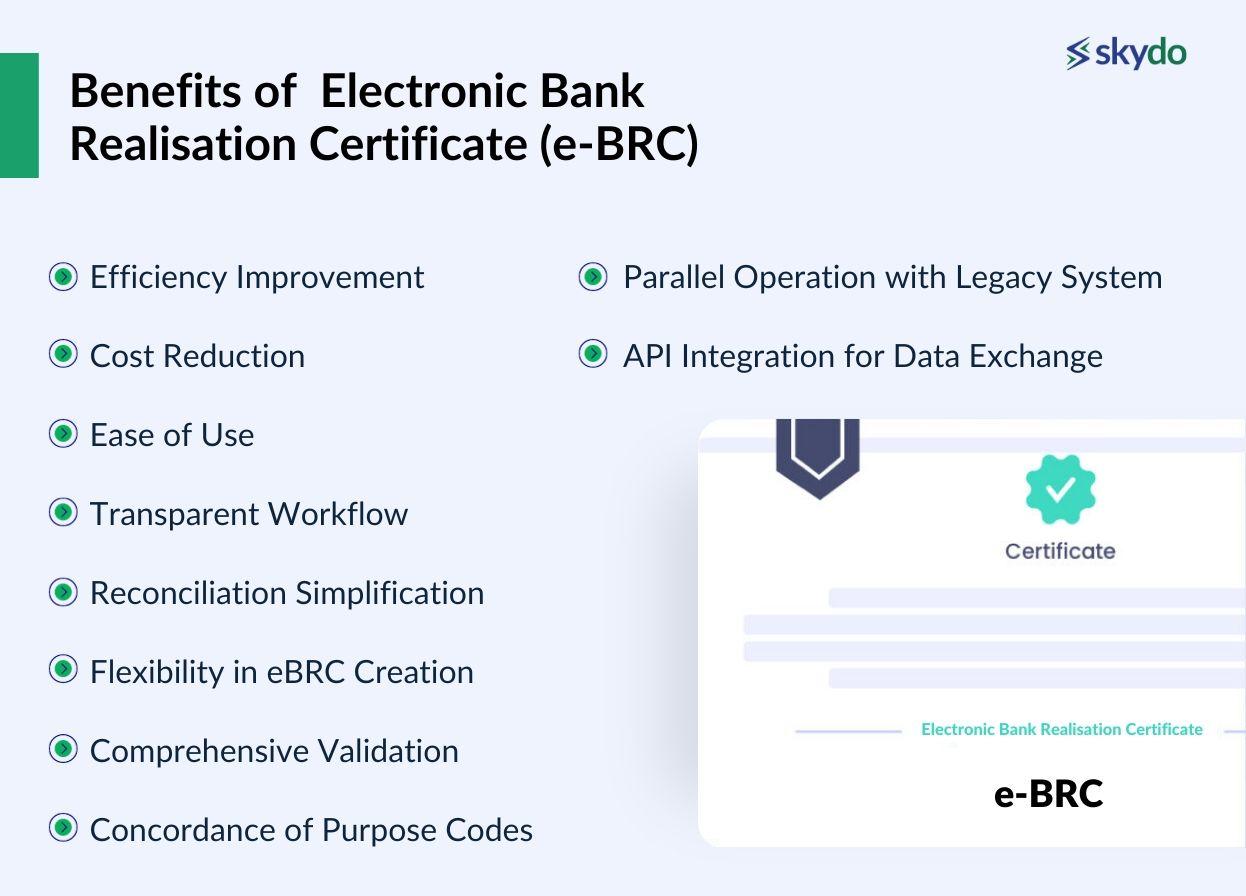
- Efficiency Improvement: The streamlined process based on electronic Inward Remittance Messages (IRMs) reduces transaction time for exporters, making the certification process more efficient.
- Cost Reduction: By simplifying the workflow and reducing manual efforts, the enhanced e-BRC system helps cut operational costs associated with obtaining and certifying Bank Realisation Certificates.
- Ease of Use: Exporters can self-certify eBRCs based on IRMs, providing a user-friendly interface that simplifies the certification process and reduces dependency on external entities.
- Transparent Workflow: The system's electronic transmission of IRMs directly from banks to DGFT promotes transparency in the certification process, allowing stakeholders to track and verify transactions seamlessly.
- Reconciliation Simplification: The system eases the burden on bankers by simplifying the reconciliation of IRMs with shipping bills, SOFTEX, invoices, etc., contributing to a more streamlined and error-resistant reconciliation process.
- Flexibility in eBRC Creation: Exporters can create eBRCs by matching multiple IRMs with relevant shipping bills, SOFTEX, or invoice details. This flexibility allows for efficient grouping or splitting of IRMs as needed.
- Comprehensive Validation: Using the RBI Purpose Code and other fields in the IRM for validating eBRC fields adds a layer of accuracy and compliance to the certification process.
- Concordance of Purpose Codes: Stakeholders can review the concordance of purpose codes to eBRC fields on the DGFT website, ensuring alignment and clarity in the certification process.
- Parallel Operation with Legacy System: During the transition period, both the enhanced and legacy e-BRC systems will work simultaneously, providing a phased approach to implementation without disruption.
- API Integration for Data Exchange: Mandatory API integration ensures prompt and standardized data exchange between banks and DGFT, contributing to real-time and accurate information flow.
The enhanced e-BRC system offers a more modern, efficient, and user-centric approach to the certification process, contributing to a smoother export documentation experience for businesses.
Conclusion
According to Sanjay Budhia, the Chairman of the CII National Committee on EXIM and Managing Director of Patton Group, "This will help exporters and banks optimize their resources and cut costs. Over the years, DGFT has almost completely automated its processes, and now, with this new step, exporters can fully focus on enhancing exports and achieve our targeted goal of USD 2 trillion of exports by 2030."
To read more about e-BRC, check out this blog.
Frequently Asked Questions
Q1. How do I check my e-BRC status?
Ans: You can follow the below steps to check the status of your e-BRC:
- Visit the DGFT website and head to the ‘Services > eBRC’ section
- Select ‘View and print your eBRC’ from the given options. You will be redirected to the ‘e-BRC Details for Trade’ page
- Enter your IEC code and the IFSC Code of the bank where you receive payment from your importer
- Click on ‘show details’, and all your e-BRCs statuses will be displayed
Q2. How to download eBRC from the DGFT website?
Ans: You can follow the below steps to download your e-BRC from the DGFT website:
- After logging in to the DGFT website, click on the ‘My Dashboard’ option & select the ‘Repositories’ option
- Then under the ‘Bills Repositories’, click on the ‘Explore’ button
- From the ‘Select Bill’ drop-down list, choose ‘Bank Realisations (e-BRC)’.
- After entering all the required details, you’ll see all the e-BRCs on the screen
- Click the Bank Realisation Number (BRN) to view the e-BRCs uploaded from that bank
- You will see the e-BRC details on the screen
- Download the e-BRC by clicking on the ‘Print eBRC’ option



